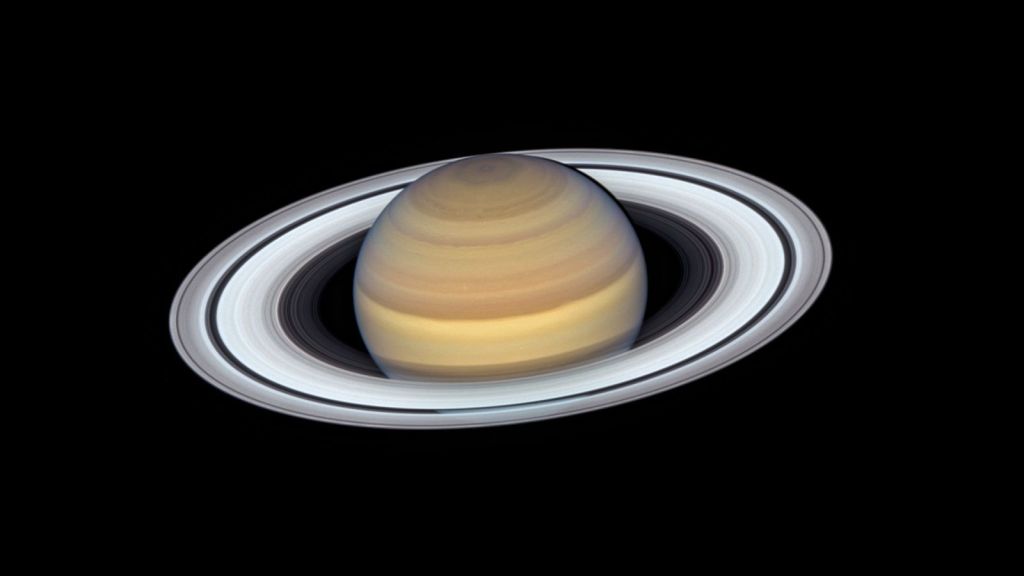By Ashley Strickland | CNN
Saturn’s iconic icy rings may not be around for future skygazers to glimpse at through their telescopes, according to new research.
A new analysis of data captured by NASA’s Cassini mission, which orbited the gas giant planet between 2004 and 2017, has revealed new insights into how long the rings have been around and when they may vanish from sight. The findings have been shared in three studies published in May.
Our solar system and its planets formed about 4.6 billion years ago, and scientists have long debated the age and origin of Saturn’s rings. Some astronomers have argued that the bright, icy rings must be younger than expected because they haven’t been eroded and darkened by interactions with meteoroids across billions of years.
The Cassini data has led to a new finding, published May 15 in the journal Icarus, that supports this theory of the rings appearing long after Saturn’s initial formation. Additional studies published on May 12 in Science Advances and May 15 in Icarus, respectively, arrived at similar conclusions.
“Our inescapable conclusion is that Saturn’s rings must be relatively young by astronomical standards, just a few hundred million years old,” said Richard Durisen, professor emeritus of astronomy at Indiana University Bloomington and lead author of both Icarus studies, in a statement.
“If you look at Saturn’s satellite system, there are other hints that something dramatic happened there in the last few hundred million years. If Saturn’s rings are not as old as the planet, that means something happened in order to form their incredible structure, and that is very exciting to study.”
It’s likely the seven rings were still forming when dinosaurs roamed the Earth, according to the researchers.
Insights from Cassini
Saturn’s rings are largely comprised of ice, with just a small percentage belonging to the rocky dust created in space by broken asteroid fragments and…
Read the full article here







